September 7, 2011 at 1:32 pm

By Kelli Swensen, Dietetics Student, Sargent College
Every Wednesday this semester we will be posting about a new blog or cooking website that we love! The internet is filled with food websites, and our goal is to arm you with the “Best of the Food Web”!
Don’t let the name of the blog intimidate you. Basic Vegetarian is a food blog that both vegetarians and non-vegetarians will enjoy. Written by a woman with a passion for both cooking and photography, Basic Vegetarian has an elegant, reassuring look to it that makes you think, "Yes, I can make that myself." If the word "basic" in the name of the blog doesn't fully attract your attention, then I'm sure her belief that food is "one of the most incredible inventions in existence,” will -- it definitely got mine! 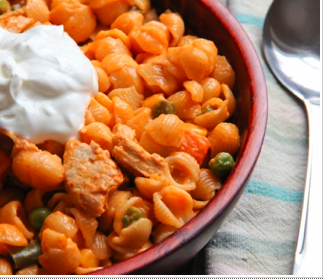
Also, if you live in Western Massachusetts, the author has a link on her blog for a cooking group you can join. Just click on the Cooking Classes tab and follow the link provided.
Disclaimer: The Sargent Choice blog includes links to other websites only as information to consumers, not as medical advice. When you access an external website, keep in mind that Sargent Choice has no control over its content. Sargent Choice is not responsible for the content found at any of the sites, nor do any links imply endorsement or promotion of the company/organization, its content, services, therapeutic treatment options, or products. Accordingly, you visit any site at your own risk. Sargent Choice is also not responsible for the policies and practices of these sites, such as their Privacy Policy, use of “cookies”, etc. We encourage you to review the privacy policies of each site that you visit through a link on our website
By Sargent Choice Nutrition Center
|
Posted in Best of the Food Web
|
Tagged Best of the Foodweb, BU, Kelli Swensen, Sargent Choice Nutrition Center
|
September 5, 2011 at 10:47 am
By Kelli Swensen, Dietetics Student, Sargent College
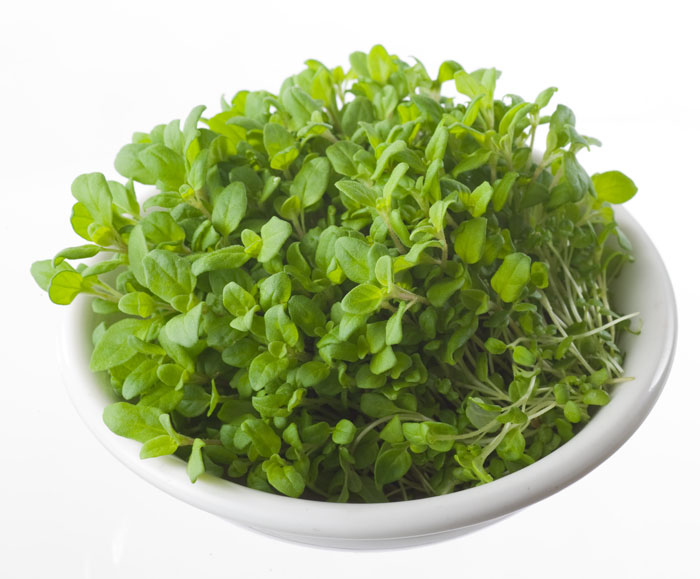 OREGANO – First known as the "pizza herb", oregano became popular after World War II when soldiers stationed near Italy brought this sometimes sweet sometimes spicy herb back home with them. Oregano is found most commonly in Italian-American cuisine. Making pasta for your roommates? A simple dash of oregano will give your tomato sauce a deeper flavor. Although it is great in tomato sauces and on pizza, oregano can also be used with fish, meats, and vegetables. For strongest flavor, use dried oregano rather than fresh.
OREGANO – First known as the "pizza herb", oregano became popular after World War II when soldiers stationed near Italy brought this sometimes sweet sometimes spicy herb back home with them. Oregano is found most commonly in Italian-American cuisine. Making pasta for your roommates? A simple dash of oregano will give your tomato sauce a deeper flavor. Although it is great in tomato sauces and on pizza, oregano can also be used with fish, meats, and vegetables. For strongest flavor, use dried oregano rather than fresh.
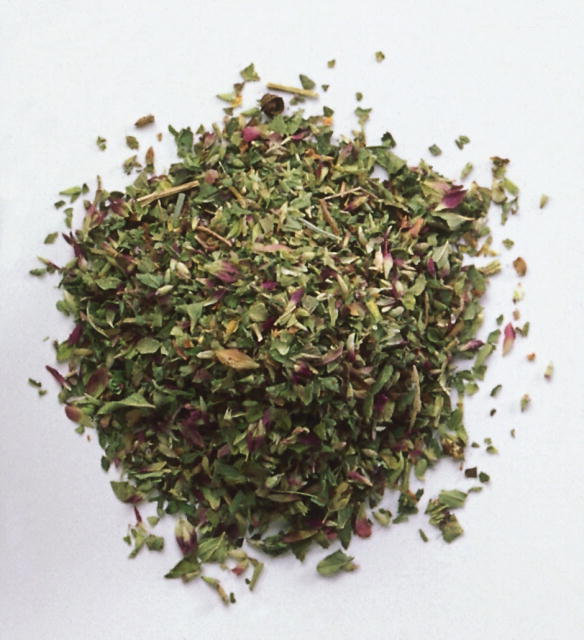
Herb Snapshot
Taste: Mild – Spicy (depends on the variety)
Tip: Add early in cooking
Price: Fresh Oregano = $1.99/ .67 oz; Dried Oregano = $2.49/container
Shelf Life: Fresh Oregano = 3 days; Dried Oregano = 6 months
Storage: Fresh oregano, store in a plastic bag in the fridge. Dried oregano store if cool,
dark place.
Amount: 1 tablespoon fresh = 1 teaspoon dried
Pairings: Bell Peppers, Fish, Meats, Pasta, Pizza, Tomato Sauces
AVOID: Cilantro, Desserts
CUISINES: Mediterranean, Greek, Mexican
Need inspiration? Check out these healthy recipes:
By Sargent Choice Nutrition Center
|
Posted in Spice of the Month
|
Tagged BU, Kelli Swensen, Sargent Choice Nutrition Center, Spice of the Month
|
September 2, 2011 at 10:24 am
By Kelli Swensen, Dietetics Student, Sargent College

This week’s CSA box is full of classic summer fruits and vegetables perfect for end of the summer get-togethers. Already started class or work? All of these ingredients would be great additions to the daily lunch bag!
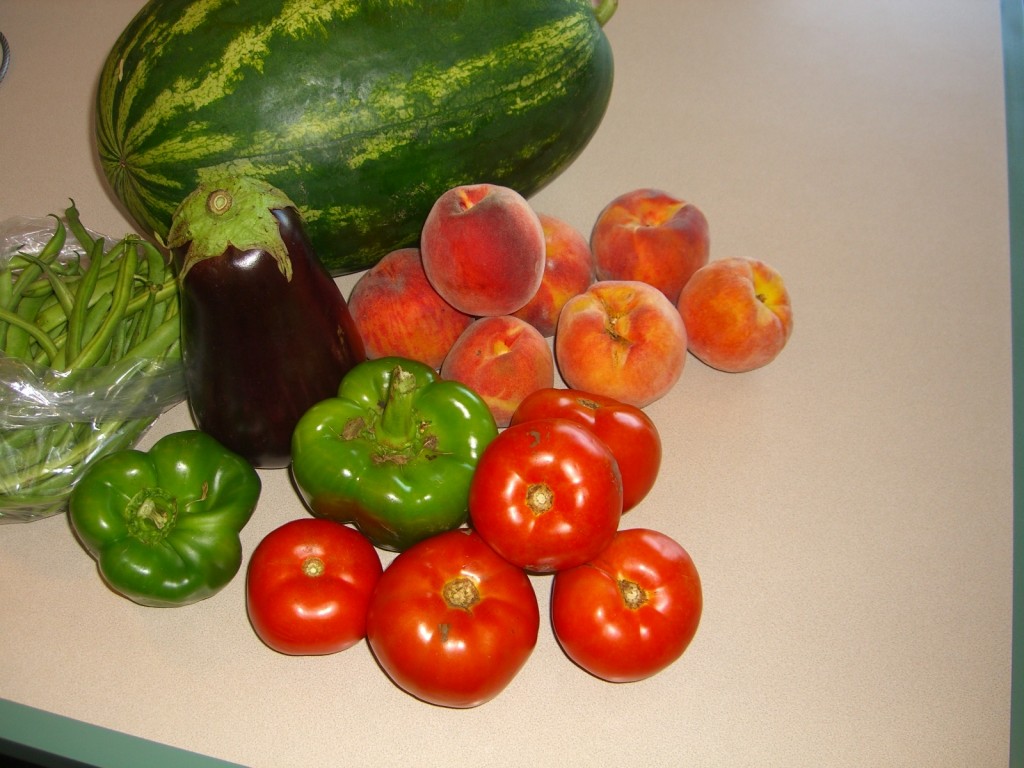
What’s in the box: 1 seeded Watermelon, 3 lbs Peaches, 2 lbs Tomatoes, 1 Black Eggplant, 2 Bell Peppers, 1 lb Beans
One of the great discoveries I made this summer was the delicious pairing of watermelon and cheese! I shared a watermelon and fresh mozzarella appetizer at a restaurant and was in a state of pure bliss. Late that week I recreated that sweet version of a caprese salad for out-of-town relatives, and they too fell in love. This combination appeared again when RD Laura Judd received an email from her mom recommending a watermelon and feta salad. With a watermelon in the CSA box, we here at Sargent jumped at the opportunity to make a Sargent Choice version of this inspired salad.
Watermelon, Feta, & Arugula Salad with Balsamic Glaze
This fresh and easy salad is the perfect accompaniment to any back-yard summer BBQ!
Serve along side grilled chicken or pork or a delicious meal.
Makes 8 servings
INGREDIENTS
15-ounce package of spring greens/arugula salad mix
8 cups 3/4-inch cubes seedless watermelon
1 7-ounce package low-fat feta cheese, crumbled
¾ cup balsamic vinegar
DIRECTIONS
1. Make balsamic glaze by boiling ¾ cup of balsamic vinegar in a small sauce pan until it reduces down to 2-3Tbsp (about 6-7minutes).
2. Arrange arugula/salad mix over large platter.
3. Scatter watermelon, then feta over.
4. Drizzle with balsamic glaze and sprinkle with pepper.
5. Toss together to coat. Enjoy!
NUTRITION FACTS
| Calories |
120 |
| Fat |
4 g |
| Saturated Fat |
2.5 g |
| Protein |
7 g |
| Carbohydrate |
16 g |
| Fiber |
2 g |
| Sodium |
360 mg |
MEAL PLANNING EQUIVILANTS
| Vegetables |
1 cup |
| Fruit |
1 cup |
With summer nearly over, we couldn’t leave you without one more recipe. This Summer Tomato, Zucchini, and Red Onion Salad is a Sargent Choice recipe that is completely customizable. Throw in whatever fresh vegetables you have in your kitchen (or ones that look too beautiful to pass up at your local farmers market), and make this nutritious salad tonight!
Summer Tomato, Zucchini, and Red Onion Salad
Makes 4 servings
INGREDIENTS
1 large zucchini
2 large red tomatoes
¼ large red onion
5 tbsp balsamic vinegar
1 tbsp olive oil
1 ½ tbsp chopped fresh basil
1 tbsp chopped fresh thyme
1 tbsp chopped fresh oregano
DIRECTIONS
1. Slice zucchini, tomatoes and red onion into thin half-rounds.
2. Combine vegetables in large bowl.
3. Finely chop herbs.
4. Combine chopped herbs, vinegar and oil. Mix well. Immediately pour mixture over vegetables and toss well.
5. Cover. Refrigerate until use
Best when prepared the day before.
NUTRITION FACTS
| Calories |
80 |
| Fat |
4 g |
| Saturated Fat |
0.5 g |
| Protein |
2 g |
| Carbohydrate |
10 g |
| Fiber |
2 g |
| Sodium |
15 mg |
By Sargent Choice Nutrition Center
|
Posted in BU Community, CSA, Recipes
|
Tagged BU, CSA Box, Fruit, Kelli Swensen, Laura Judd, Lunch and Dinner, Sargent Choice Nutrition Center, Vegetables, Vegetarian
|
August 24, 2011 at 5:13 pm
By Kelli Swensen, Dietetics Student, Sargent College
Every Wednesday this semester we will be posting about a new blog or cooking website that we love! The internet is filled with food websites, and our goal is to arm you with the “Best of the Food Web”!

Now, before you get the wrong impression, this week’s Food Blog isn’t about “healthier” cocktails. But stay with me! Although it isn’t a resource for the 21+ crowd who want to responsibly enjoy a slimmed down beverage, it is a very upbeat blog by an energetic registered dietitian and young professional, Katie Hamm. Katie’s blog is all about how to be a successful recent college graduate while maintaining a healthy lifestyle. Just launched in April 2011, Healthy and Happy Hour already has some great posts that are beautiful to look at and mind-catching to read. Already in my bookmarks, Katie’s blog is one I’m excited to start following! Check it out:
Also, she has a great blogroll definitely worth browsing through!
Disclaimer: The Sargent Choice blog includes links to other websites only as information to consumers, not as medical advice. When you access an external website, keep in mind that Sargent Choice has no control over its content. Sargent Choice is not responsible for the content found at any of the sites, nor do any links imply endorsement or promotion of the company/organization, its content, services, therapeutic treatment options, or products. Accordingly, you visit any site at your own risk. Sargent Choice is also not responsible for the policies and practices of these sites, such as their Privacy Policy, use of “cookies”, etc. We encourage you to review the privacy policies of each site that you visit through a link on our website
By Sargent Choice Nutrition Center
|
Posted in Best of the Food Web
|
Tagged Best of the Foodweb, BU, Kelli Swensen, Sargent Choice Nutrition Center
|
August 19, 2011 at 11:26 am
By Allison Mars, Dietetics Student, Sargent College
This week on Best of the Food Apps we discuss “Good Food Near You” an app that lets you find healthy food down the street.
 Upon opening Good Food Near You, you can select to have the app find your location via GPS or you can enter in a location manually, which can be useful if traveling. After it completes the search, the results are not all that impressive. It lists many chain restaurant and fast food locations. You may be asking: Why would I download this app if I want to find restaurants with healthy food? Although Good Food Near You’s database needs updating with some healthier restaurants, it does provide suggestions for healthy options at the restaurants it does list. It allows you to search by lowest fat, calories or carbs. While using Good Food Near You you may not find a new spot to pick up some healthy treats, you will be able to choose a better option if you’re in a bind and forced to grab some fast food on the go.
Upon opening Good Food Near You, you can select to have the app find your location via GPS or you can enter in a location manually, which can be useful if traveling. After it completes the search, the results are not all that impressive. It lists many chain restaurant and fast food locations. You may be asking: Why would I download this app if I want to find restaurants with healthy food? Although Good Food Near You’s database needs updating with some healthier restaurants, it does provide suggestions for healthy options at the restaurants it does list. It allows you to search by lowest fat, calories or carbs. While using Good Food Near You you may not find a new spot to pick up some healthy treats, you will be able to choose a better option if you’re in a bind and forced to grab some fast food on the go.
Disclaimer: The Sargent Choice blog includes links to other websites only as information to consumers, not as medical advice. When you access an external website, keep in mind that Sargent Choice has no control over its content. Sargent Choice is not responsible for the content found at any of the sites, nor do any links imply endorsement or promotion of the company/organization, its content, services, therapeutic treatment options, or products. Accordingly, you visit any site at your own risk. Sargent Choice is also not responsible for the policies and practices of these sites, such as their Privacy Policy, use of “cookies”, etc. We encourage you to review the privacy policies of each site that you visit through a link on our website
By Sargent Choice Nutrition Center
|
Posted in Best of the Food Apps
|
Tagged Alli Mars, Best of the Food Apps, BU, Sargent Choice Nutrition Center
|
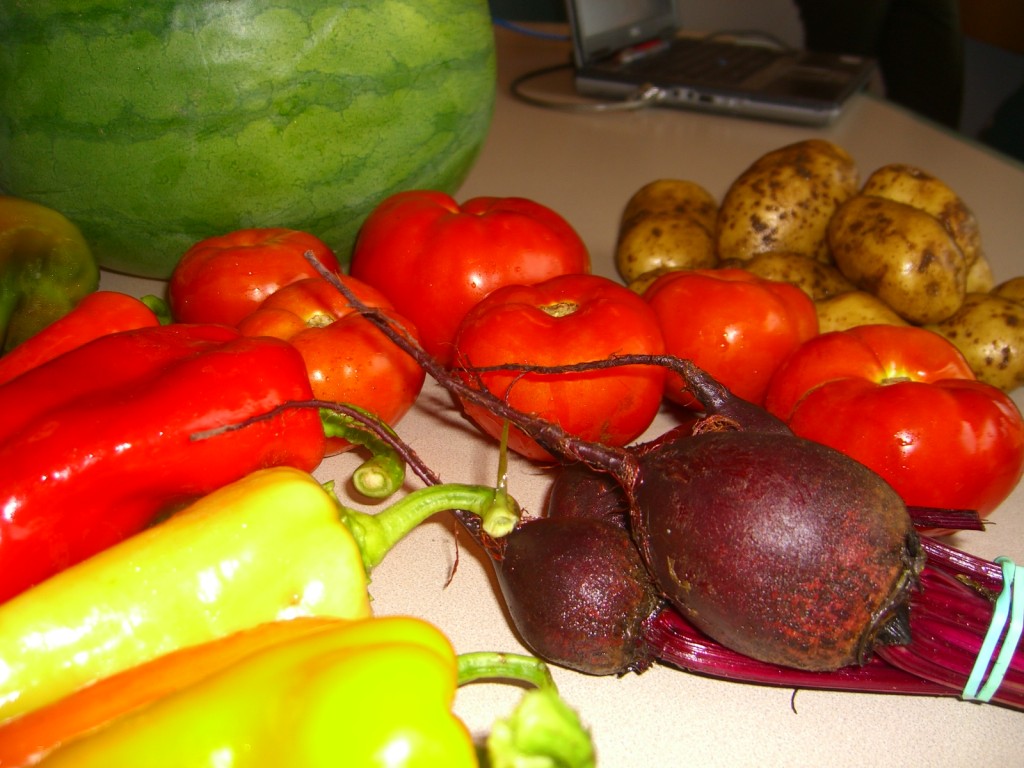
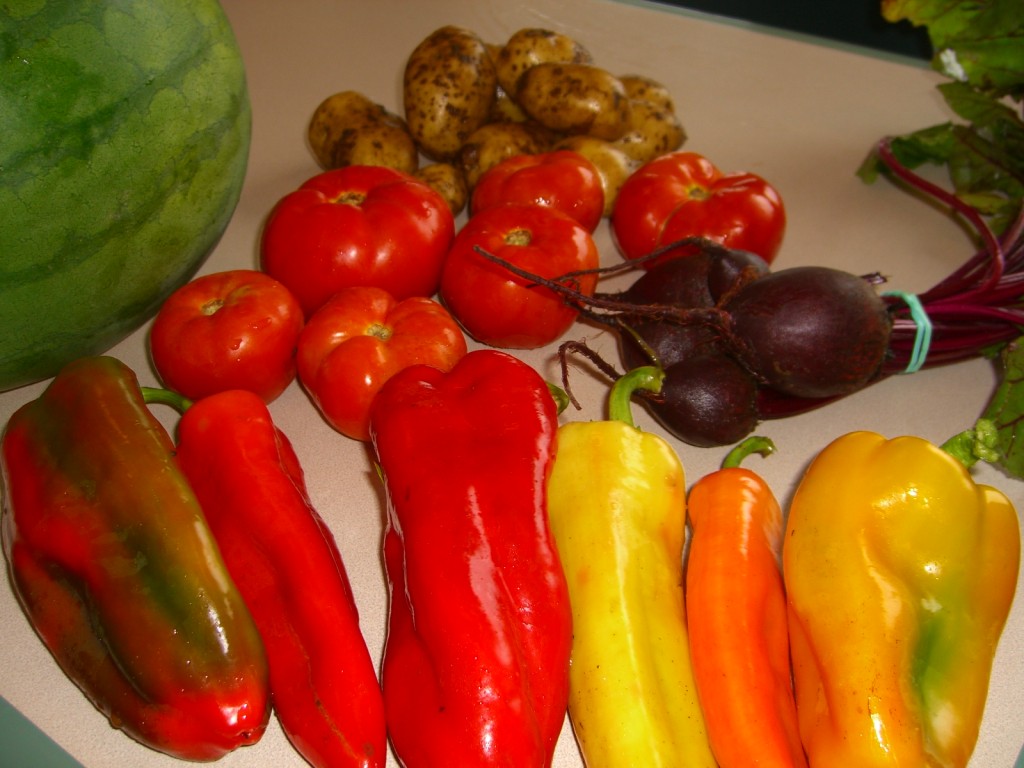
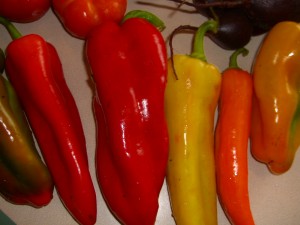 Mariachi Hot Peppers: Cooked or raw, mariachi hot peppers are a great addition to salsas, veggie platters, and burritos. Lower pungency (not as hot) as other peppers, they still pack in plenty of spice, but with a fruity undertone that really sets it apart from other kinds of peppers. Although they turn red when they are fully ripe, mariachi peppers can be eaten when they are still yellow without any loss of flavor or heat.
Mariachi Hot Peppers: Cooked or raw, mariachi hot peppers are a great addition to salsas, veggie platters, and burritos. Lower pungency (not as hot) as other peppers, they still pack in plenty of spice, but with a fruity undertone that really sets it apart from other kinds of peppers. Although they turn red when they are fully ripe, mariachi peppers can be eaten when they are still yellow without any loss of flavor or heat.

 OREGANO – First known as the "pizza herb", oregano became popular after World War II when soldiers stationed near Italy brought this sometimes sweet sometimes spicy herb back home with them. Oregano is found most commonly in Italian-American cuisine. Making pasta for your roommates? A simple dash of oregano will give your tomato sauce a deeper flavor. Although it is great in tomato sauces and on pizza, oregano can also be used with fish, meats, and vegetables. For strongest flavor, use dried oregano rather than fresh.
OREGANO – First known as the "pizza herb", oregano became popular after World War II when soldiers stationed near Italy brought this sometimes sweet sometimes spicy herb back home with them. Oregano is found most commonly in Italian-American cuisine. Making pasta for your roommates? A simple dash of oregano will give your tomato sauce a deeper flavor. Although it is great in tomato sauces and on pizza, oregano can also be used with fish, meats, and vegetables. For strongest flavor, use dried oregano rather than fresh.

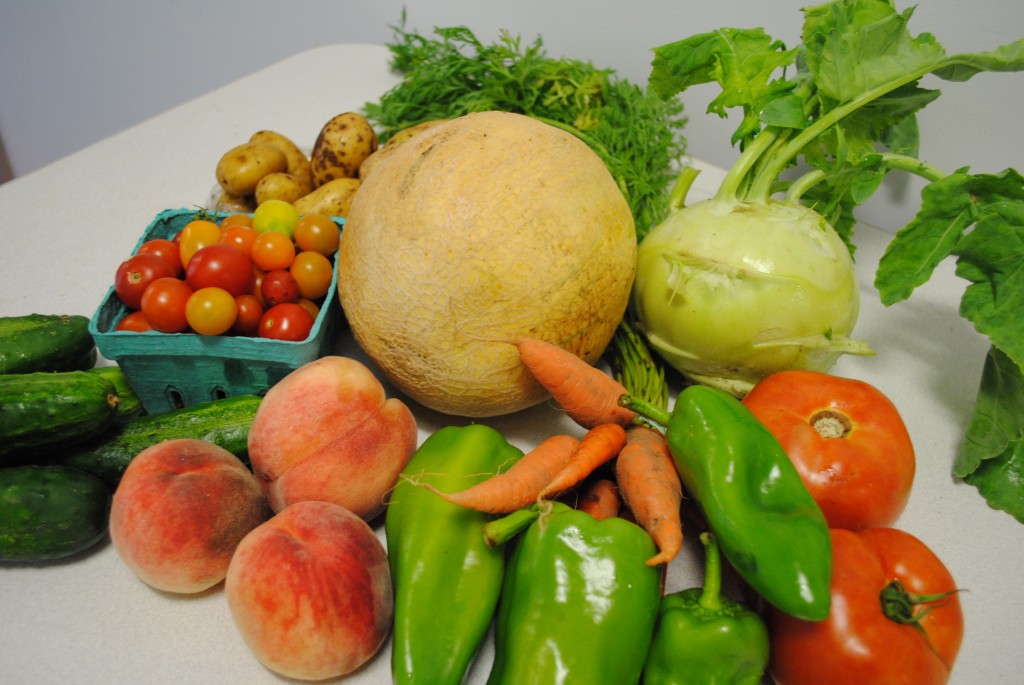 By Kelli Swensen, Dietetics Student, Sargent College
By Kelli Swensen, Dietetics Student, Sargent College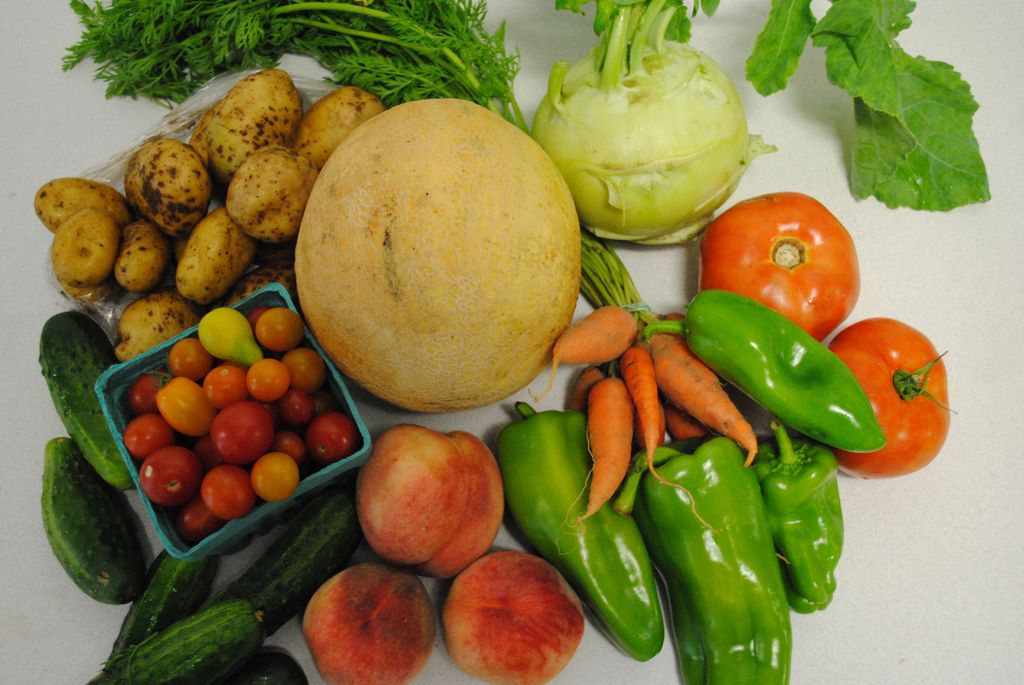
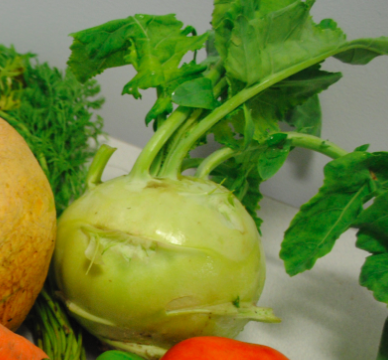 What on earth is a kohlrabi?! I did some
What on earth is a kohlrabi?! I did some 
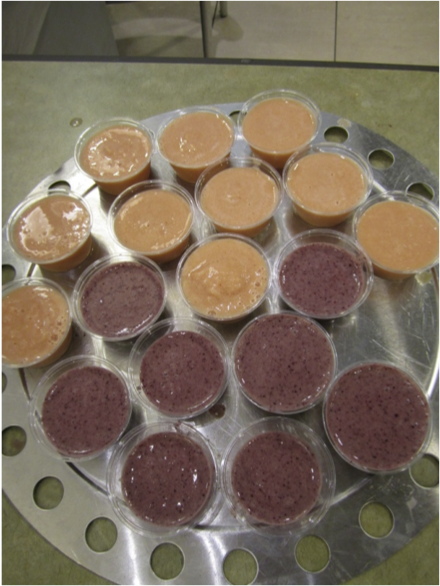
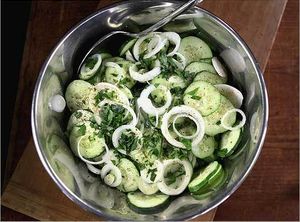
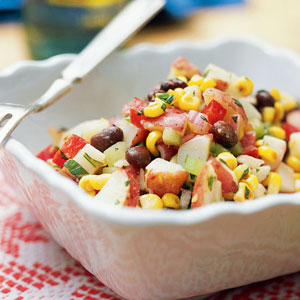
 Upon opening Good Food Near You, you can select to have the app find your location via GPS or you can enter in a location manually, which can be useful if traveling. After it completes the search, the results are not all that impressive. It lists many chain restaurant and fast food locations. You may be asking: Why would I download this app if I want to find restaurants with healthy food? Although Good Food Near You’s database needs updating with some healthier restaurants, it does provide suggestions for healthy options at the restaurants it does list. It allows you to search by lowest fat, calories or carbs. While using Good Food Near You you may not find a new spot to pick up some healthy treats, you will be able to choose a better option if you’re in a bind and forced to grab some fast food on the go.
Upon opening Good Food Near You, you can select to have the app find your location via GPS or you can enter in a location manually, which can be useful if traveling. After it completes the search, the results are not all that impressive. It lists many chain restaurant and fast food locations. You may be asking: Why would I download this app if I want to find restaurants with healthy food? Although Good Food Near You’s database needs updating with some healthier restaurants, it does provide suggestions for healthy options at the restaurants it does list. It allows you to search by lowest fat, calories or carbs. While using Good Food Near You you may not find a new spot to pick up some healthy treats, you will be able to choose a better option if you’re in a bind and forced to grab some fast food on the go.